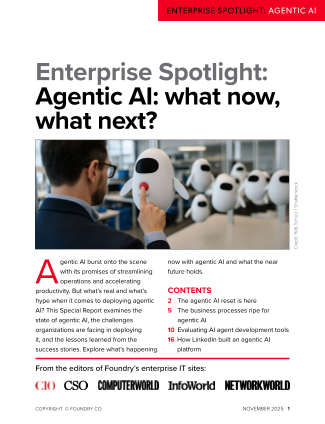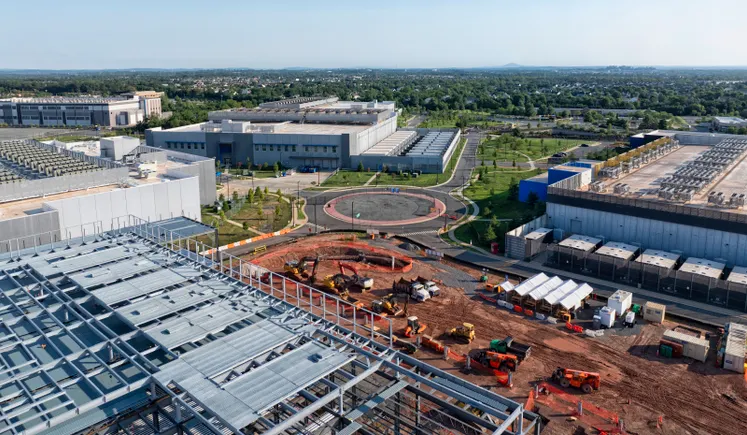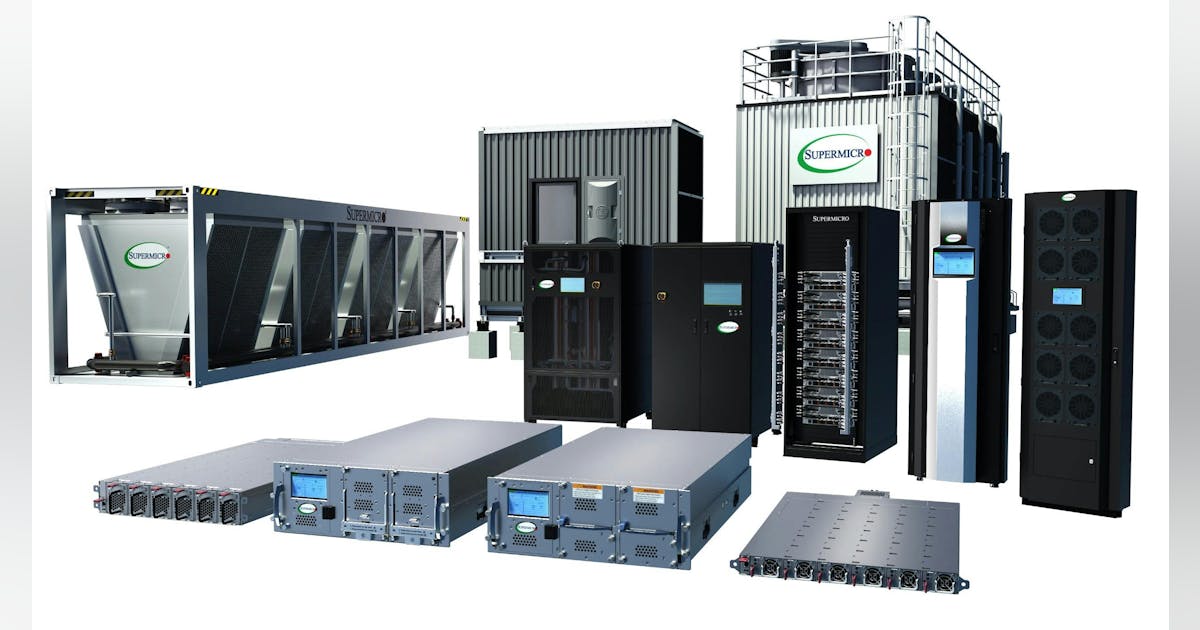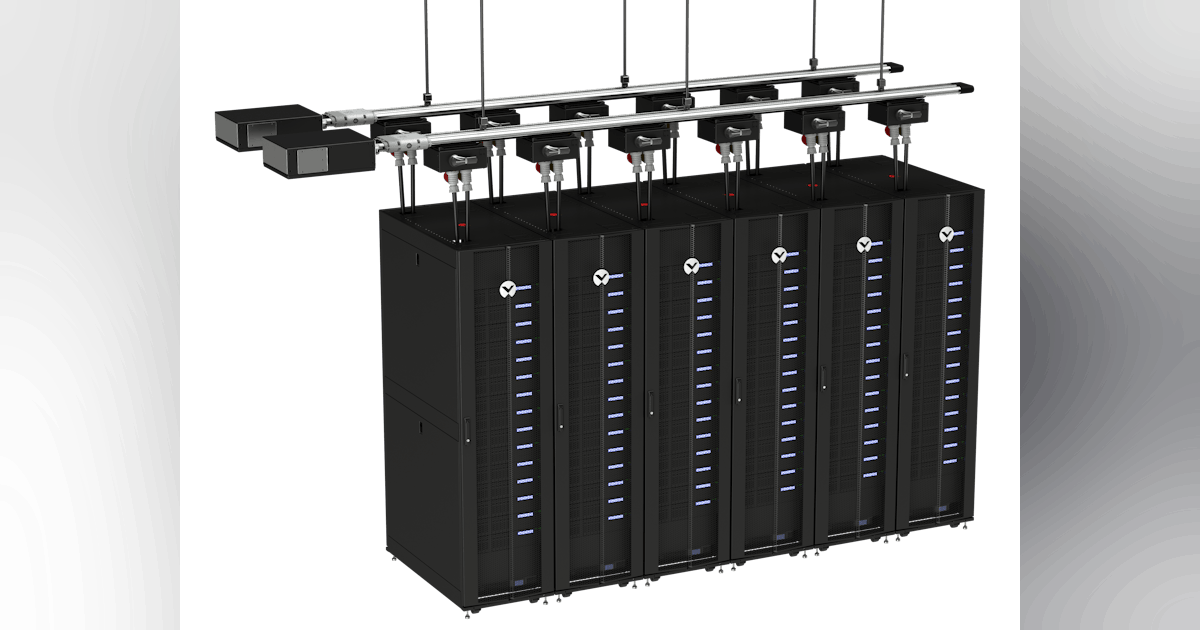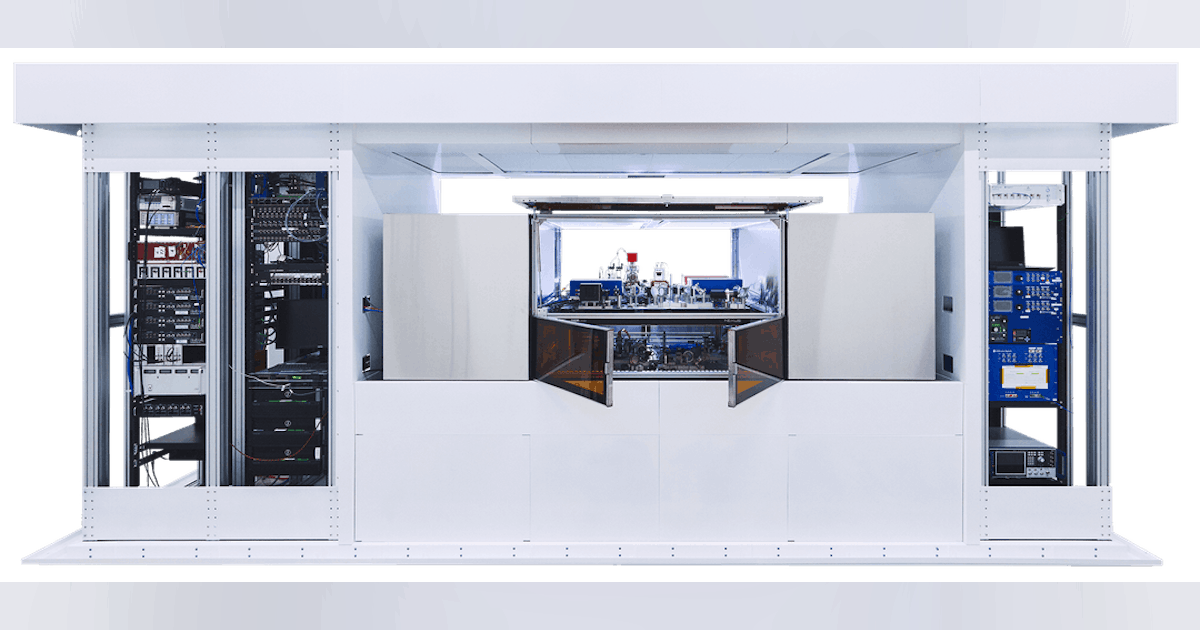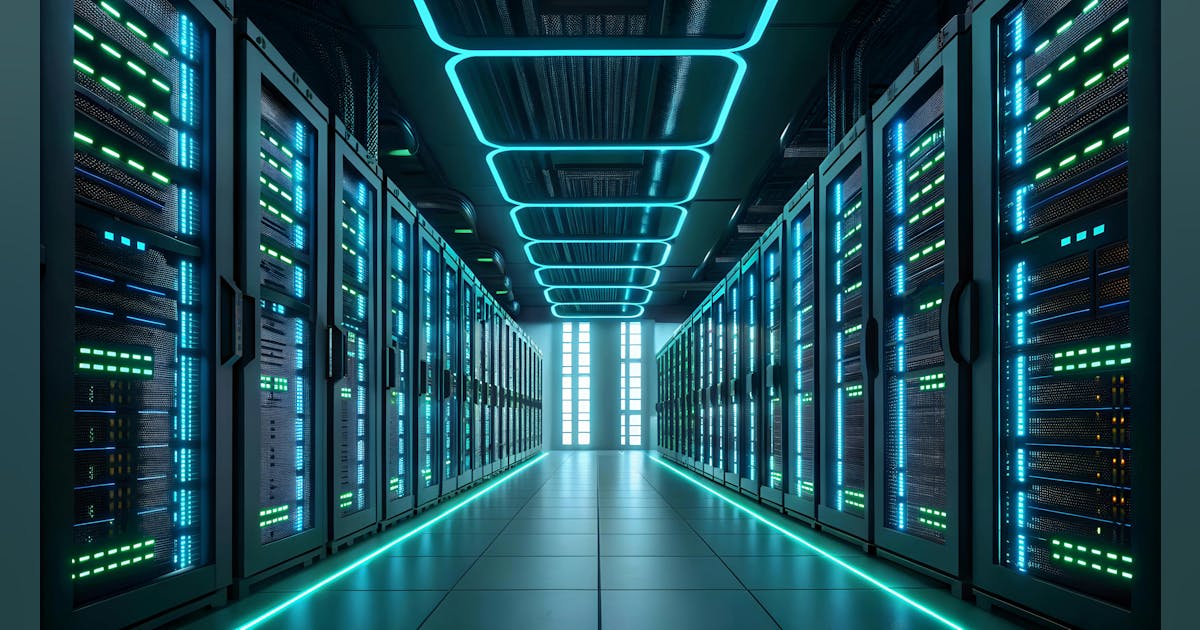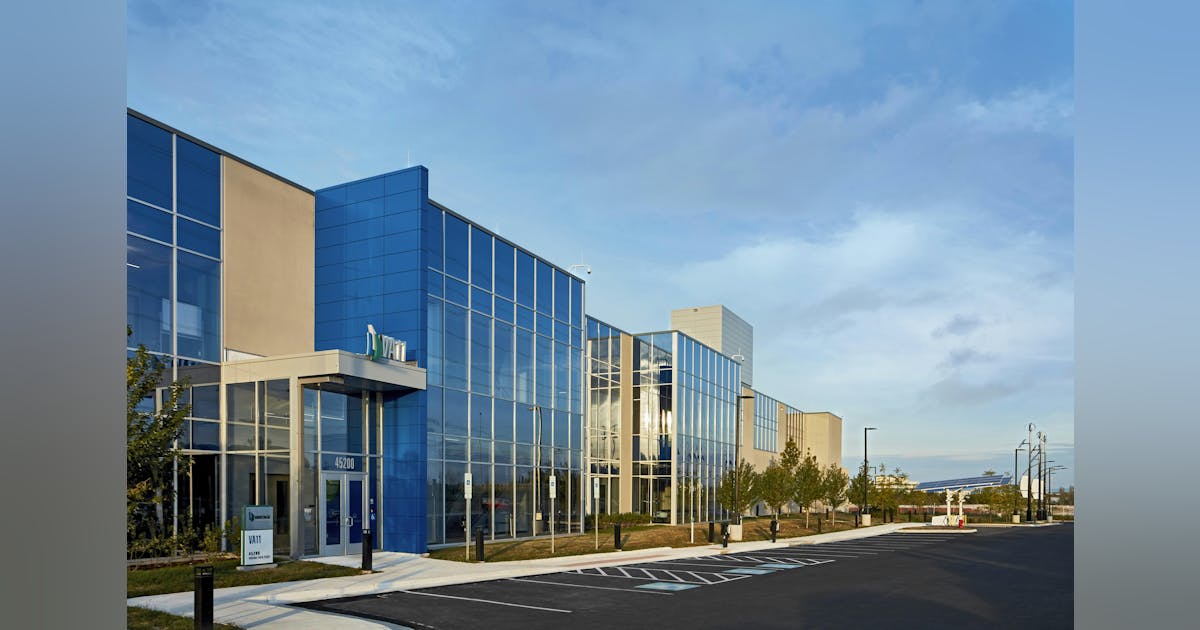This is today’s edition of The Download, our weekday newsletter that provides a daily dose of what’s going on in the world of technology.
Why do so many people think the Fruit of the Loom logo had a cornucopia?
Quick question: Does the Fruit of the Loom logo feature a cornucopia?
Many of us have been wearing the company’s T-shirts for decades, and yet the question of whether there is a woven brown horn of plenty on the logo is surprisingly contentious.
According to a 2022 poll, 55% of Americans believe the logo does include a cornucopia, 25% are unsure, and only 21% are confident that it doesn’t, even though this last group is correct.
There’s a name for what’s happening here: the “Mandela effect,” or collective false memory, so called because a number of people misremember that Nelson Mandela died in prison. Yet while many find it easy to let their unconfirmable beliefs go, some spend years seeking answers—and vindication. Read the full story.
—Amelia Tait
This story is part of MIT Technology Review’s series “The New Conspiracy Age,” on how the present boom in conspiracy theories is reshaping science and technology.
Here’s why we don’t have a cold vaccine. Yet.
For those of us in the Northern Hemisphere, it’s the season of the sniffles. As the weather turns, we’re all spending more time indoors. The kids have been back at school for a couple of months. And cold germs are everywhere.
So why can’t we get a vaccine to protect us against the common cold? Scientists have been working on this for decades, but it turns out that creating a cold vaccine is hard. Really hard. But not impossible. There’s still hope. Read the full story.
—Jessica Hamzelou
This article first appeared in The Checkup, MIT Technology Review’s weekly biotech newsletter. To receive it in your inbox every Thursday, and read articles like this first, sign up here.
Inside the archives of the NASA Ames Research Center
At the southern tip of San Francisco Bay, surrounded by the tech giants Google, Apple, and Microsoft, sits the historic NASA Ames Research Center. Its rich history includes a grab bag of fascinating scientific research involving massive wind tunnels, experimental aircraft, supercomputing, astrobiology, and more.
A collection of 5,000 images from NASA Ames’s archives paints a vivid picture of bleeding-edge work at the heart of America’s technology hub. Read the full story.
—Jon Keegan
This story is from the latest print issue of MIT Technology Review magazine, which is full of stories about the body. If you haven’t already, subscribe now to receive future issues once they land.
The must-reads
I’ve combed the internet to find you today’s most fun/important/scary/fascinating stories about technology.
1 The US government is considering banning TP-Link routers
An investigation has raised concerns over the company’s links to China. (WP $)
+ Lawmakers are worried its equipment is vulnerable to hacking. (Bloomberg $)
2 ICE has proposed building a deportation network in Texas
The 24/7 operation would transfer detained immigrants into holding facilities. (Wired $)
+ But US citizens keep being detained, too. (NY Mag $)
+ Inside the operation giving ICE a run for its money. (Slate $)
+ Another effort to track ICE raids was just taken offline. (MIT Technology Review)
3 Ukrainian drone teams are gamifying their war efforts
Officials say rewarding soldiers for successful attacks keeps them motivated. (NYT $)
+ A Peter Thiel-backed drone startup crashed and burned during military trials. (FT $)
+ Meet the radio-obsessed civilian shaping Ukraine’s drone defense. (MIT Technology Review)
4 Meta has denied torrenting porn to train its AI models
Instead, it claims, the downloads were for someone’s “private personal use.” (Ars Technica)
5 Bird flu is getting harder to keep tabs on
The virus has wreaked havoc on the US poultry industry for close to four years. (Vox)
+ A new biosensor can detect bird flu in five minutes. (MIT Technology Review)
6 AI browsers are a cybersecurity nightmare
They’re a hotbed of known—and unknown—risks. (The Verge)
+ I tried OpenAI’s new Atlas browser but I still don’t know what it’s for. (MIT Technology Review)
7 Robots are starting to do more jobs across America
But they’re still proving buggy and expensive to run. (WSJ $)
+ When you might start speaking to robots. (MIT Technology Review)
8 These are the jobs that AI built
From conversation designer to adoption strategist. (WP $)
+ if you fancy landing a job in quantum computing, here’s how to do it. (IEEE Spectrum)
9 Computer vision is getting much, much better 👀
Their blind spots are rapidly being eliminated. (Knowable Magazine)
10 A lock-cracking YouTuber is being sued by a lockmaking company 🔓
It’s arguing he defamed the company, even though he didn’t say a word during the clip. (Ars Technica)
Quote of the day
“Yes, we’ve been to the Moon before… six times!”
—NASA’s acting administrator Sean Duffy reacts to Kim Kardashian’s belief that man has never set foot on the moon, the Guardian reports.
One more thing

What happens when you donate your body to science
Rebecca George doesn’t mind the vultures that complain from the trees that surround the Western Carolina University body farm. Her arrival has interrupted their breakfast. George studies human decomposition, and part of decomposing is becoming food. Scavengers are welcome.
In the US, about 20,000 people or their families donate their bodies to scientific research and education each year. Whatever the reason, the decision becomes a gift. Western Carolina’s FOREST is among the places where watchful caretakers know that the dead and the living are deeply connected, and the way you treat the first reflects how you treat the second. Read the full story.
—Abby Ohlheiser
We can still have nice things
A place for comfort, fun and distraction to brighten up your day. (Got any ideas? Drop me a line or skeet ’em at me.)
+ Zoo animals across the world are getting into the Halloween spirit with some tasty pumpkins.
+ If you’re stuck for something suitably spooky to watch tonight, this list is a great place to start.
+ New York’s historic Morris-Jumel Mansion is seriously beautiful—and seriously haunted.
+ Salem’s Lucipurr is on the prowl!

